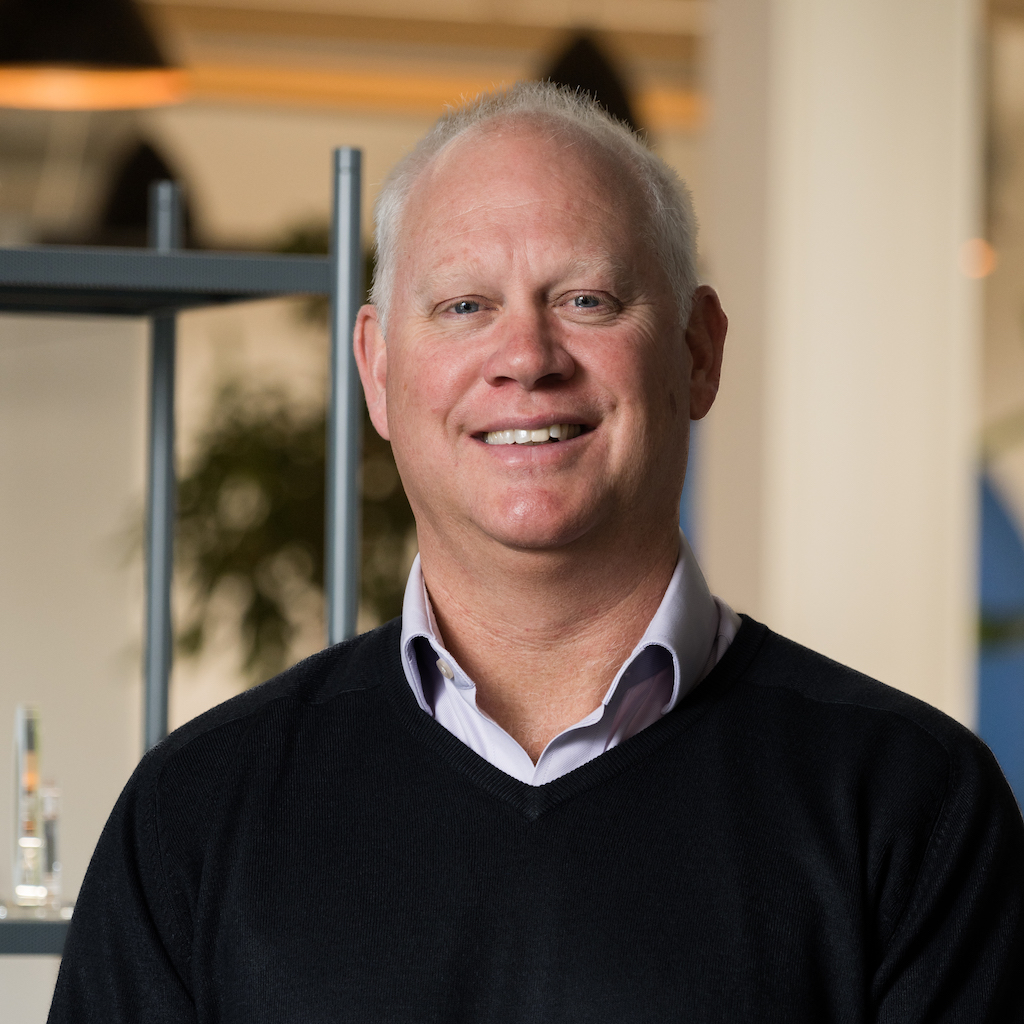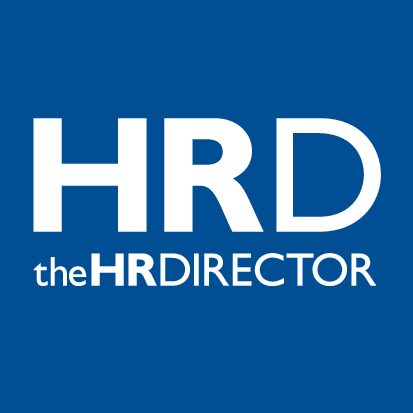For the first time in history we have five generations at work, often sharing one physical workplace. This means we have the potential for the most age diverse range of employees ever, but how much do employers really understand their needs and are they being addressed directly?
Recent data found that over 55s find it much easier than Gen Z to concentrate at their desks, with 27% of Gen Z stating it was difficult for them to focus in current offices, but why? The findings showed it was due to the noise levels in office environments that were perceived to be more distracting and harder to block out for employees under 30 years old. Yet, everyone would benefit from better sound levels in the workplace. Knowing and understanding this insight means solutions can be found for all employees, such as having proper acoustic design in the workplace so that every age group can operate effectively.
Acoustic design involves managing how sound is generated, transmitted, and received within a space, ensuring an office has clearly distinguished areas for private, collaborative, or focused work. It has also been proven to have a positive impact of wellbeing at work. Esther Sternberg, Director of the UArizona Institute on Place, Wellbeing & Performance discovered that less than 50 decibels, roughly the noise equivalent to birdsong, was the ideal noise level in offices for healthier employees.
What key actions can employers take now?
Firstly, knowing and understanding what the specific, measurable needs are of your multigenerational workforce. Secondly, and most importantly, finding an opportunity to create ‘unity’ as Rebecca Robins and Patrick Dunne’s recent book details, ‘Five Generations at Work: How We Win Together, for Good’. It describes the ’empowering intergenerational collaboration, innovation and productivity at work’ that comes from having generational diversity.
Employers are still applying broad assumptions and stereotypes to each of the generations about what’s keeping them away from the office and what is different about each ‘group’, rather than finding common ground to bring them together. From Restrictions to Resilience, a global workplace study of trends from 2024 found that across all age ranges, flexibility was central to satisfied employees, with a ‘happy hybrid balance’ of working three ways in the office the most popular option. The motivation behind this did vary across generations and gender, but the common ‘unifying’ link was the agreed need for flexibility.
In my experience of creating workplaces that function for different generations, industries, and tasks, it’s important to look at three core areas: role clusters, core value requirements and business roadmap.
Role clusters
Do you know what roles your employees perform? Not just their job titles but what day to day activities they undertake and roughly the percentage of time they dedicate to them? Looking at this from a macrolevel enables you to understand ‘role clusters’ within a business. Are people mainly at their desks when on email or video calls, or do they collaborate and gather for team discussions, planning and strategy exercises? The benefit of knowing the nature of work people do in different roles ensures you create working environments that are fit for purpose and meet the needs of everybody’s roles across age ranges. You will find similarities to help support people rather than divide.
Core value requirements
It is essential to know what the ‘core value requirements’ are for employees. These are the key factors that ensure people are happy, comfortable, and able to do their job effectively. Again, don’t look at cohort differences across generations but rather what are the reoccurring themes that connect people. McKinsey’s research on ‘Debunking age-based myths about work preferences’ found that “across ages, people’s expectations and needs at work are largely the same, and they often don’t match the generational stereotypes that seem ubiquitous.” Therefore, ensuring you look for consistencies rather than outliers, such as within the office environment, will benefit every age group.
Business roadmap
Business planning and road mapping is critical to future proofing and understanding what your workplace will look like over the next 5-10 years. For example, if a business has several c-suite members approaching retirement, then it is likely new employees will be coming into the business in senior roles within the next 2-5 years. It is essential to consider what impact this will have. Consider what kind of roles will be performed in the workplace and by whom? Ascertain if you need more collaboration or focus space in certain zones within the workplace. This forward planning will ensure you can meet the changing needs and requirements of the business.
The age range of employees at the office continues to increase as people begin to work into their 70s. This highlights the need to look to unity rather than difference. Creating workplaces that function for everyone, built on understanding needs, role clusters, core value requirements and the changing direction of businesses, as they evolve over time, is critical to ensuring workplace harmony.
*Recent data from Unispace







